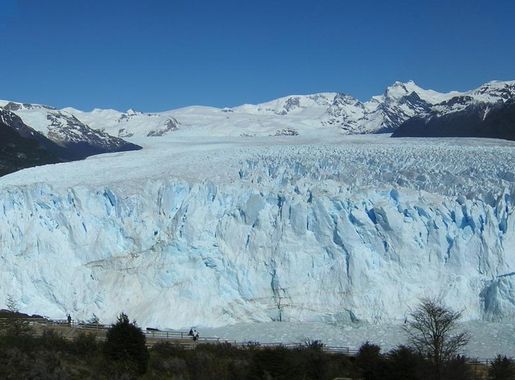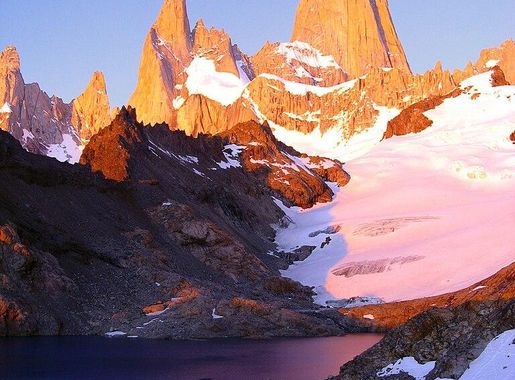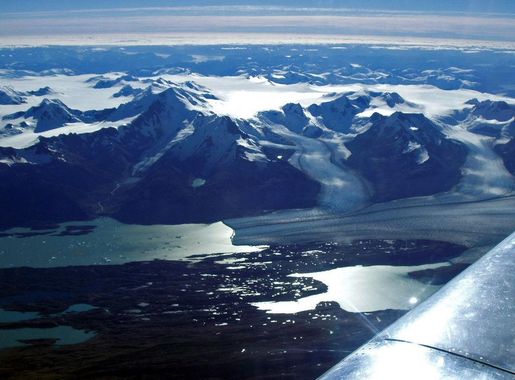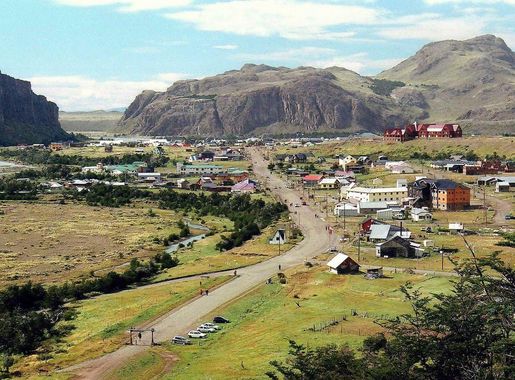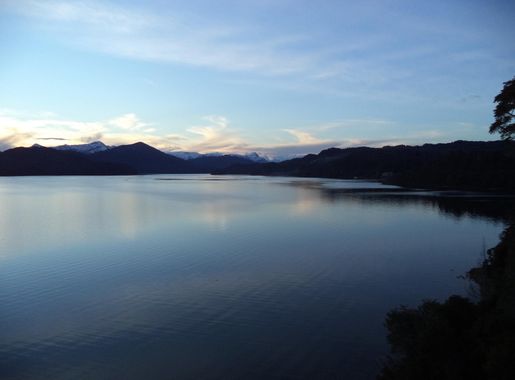
The Icy Majesty of Los Glaciares National Park
Explore the stunning glaciers and landscapes of Los Glaciares National Park in Argentina, a UNESCO World Heritage site offering unforgettable adventures and natural beauty.
Nestled in the southern region of Argentine Patagonia, Los Glaciares National Park is a spectacle of nature's icy wonders. This UNESCO World Heritage site is home to some of the most stunning glaciers in the world, including the famous Perito Moreno Glacier. The park covers over 7,000 square kilometers, offering a vast expanse of breathtaking landscapes marked by towering ice formations, crystal-clear lakes, and rugged mountain ranges. Visitors can explore the park's diverse terrain through a variety of activities. Hiking enthusiasts will find numerous trails that provide panoramic views of the glaciers and peaks, while those seeking a more relaxed experience can take boat tours that offer close-up views of the icebergs. The Perito Moreno Glacier, in particular, is a must-see; its dynamic ice ruptures create a dramatic and unforgettable spectacle. Wildlife lovers will be enchanted by the park's rich biodiversity. The area is home to unique species such as the Andean condor, guanacos, and the elusive puma. Whether you're an adventure seeker, nature lover, or simply looking to witness the awe-inspiring power of glaciers, Los Glaciares National Park is a destination that promises to leave you spellbound.
Local tips in Los Glaciares National Park
- Visit during the austral summer (November to March) for the best weather and accessibility.
- Wear layers and bring waterproof clothing, as weather can change quickly in Patagonia.
- Book guided tours in advance, especially for the popular Perito Moreno Glacier trek.
- Don't miss the boat tours on Lago Argentino for a unique perspective of the glaciers.
- Keep an eye out for wildlife, but maintain a safe distance to avoid disturbing the animals.
The Icy Majesty of Los Glaciares National Park
Nestled in the southern region of Argentine Patagonia, Los Glaciares National Park is a spectacle of nature's icy wonders. This UNESCO World Heritage site is home to some of the most stunning glaciers in the world, including the famous Perito Moreno Glacier. The park covers over 7,000 square kilometers, offering a vast expanse of breathtaking landscapes marked by towering ice formations, crystal-clear lakes, and rugged mountain ranges. Visitors can explore the park's diverse terrain through a variety of activities. Hiking enthusiasts will find numerous trails that provide panoramic views of the glaciers and peaks, while those seeking a more relaxed experience can take boat tours that offer close-up views of the icebergs. The Perito Moreno Glacier, in particular, is a must-see; its dynamic ice ruptures create a dramatic and unforgettable spectacle. Wildlife lovers will be enchanted by the park's rich biodiversity. The area is home to unique species such as the Andean condor, guanacos, and the elusive puma. Whether you're an adventure seeker, nature lover, or simply looking to witness the awe-inspiring power of glaciers, Los Glaciares National Park is a destination that promises to leave you spellbound.
When is the best time to go to Los Glaciares National Park?
Iconic landmarks you can’t miss
Parque Nacional Los Glaciares
Explore the stunning landscapes and majestic glaciers of Parque Nacional Los Glaciares, a UNESCO World Heritage site in Patagonia, Argentina.
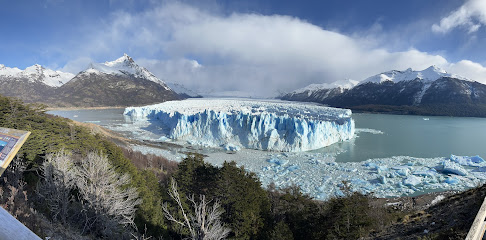
Glaciar Perito Moreno
Explore the awe-inspiring Glaciar Perito Moreno, a spectacular glacier in Los Glaciares National Park, where nature's beauty unfolds in stunning ice formations and vibrant wildlife.
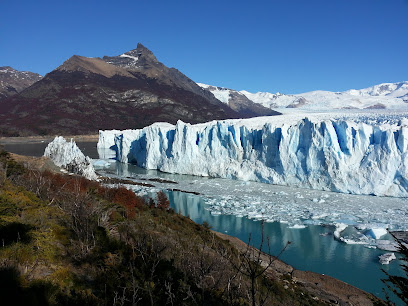
Centro de visitantes, Guardaparque Ceferino Fonzo, Parque Nacional Los Glaciares
Explore the stunning glaciers, diverse wildlife, and breathtaking landscapes of Parque Nacional Los Glaciares in Argentina's Santa Cruz Province.
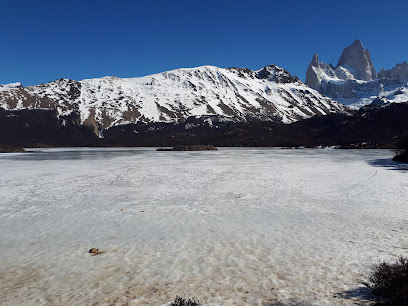
Unmissable attractions to see
Torres del Paine National Park
Explore Torres del Paine National Park, a breathtaking UNESCO Biosphere Reserve in Chile, featuring stunning peaks, glaciers, and diverse wildlife in Patagonia.

Perito Moreno Glacier Walkways
Explore the stunning Perito Moreno Glacier Walkways in Los Glaciares National Park, a breathtaking natural wonder in Argentina's Santa Cruz Province.
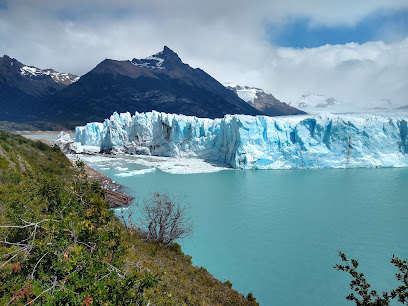
Patagonia Dreams - Operador Receptivo
Uncover the breathtaking beauty of Patagonia with expert-guided tours from Patagonia Dreams, your gateway to adventure and exploration.
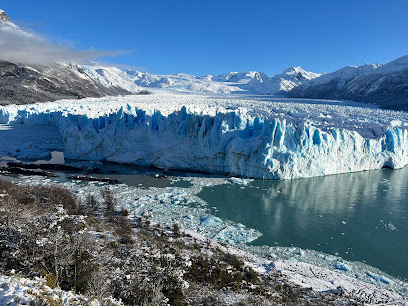
Glaciarium Patagonian Ice Museum
Experience the magic of Patagonia's glaciers at Glaciarium, an innovative ice museum in El Calafate showcasing the beauty and science of ice.
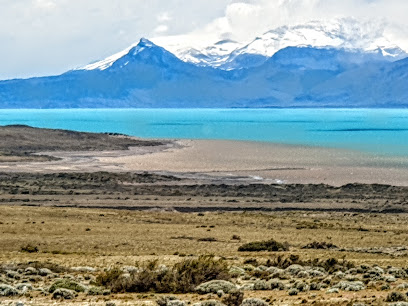
Reserva Laguna Nimez
Explore the enchanting landscapes and diverse wildlife at Reserva Laguna Nimez, a premier nature preserve in El Calafate, Argentina.

Parque Nacional Los Glaciares
Explore the breathtaking landscapes of Parque Nacional Los Glaciares, home to iconic glaciers and diverse wildlife in the heart of Patagonia.
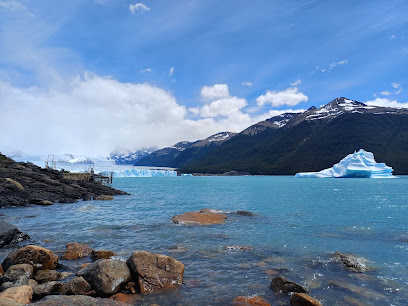
Perito Moreno Glacier
Explore the breathtaking Perito Moreno Glacier, a unique advancing glacier in Argentina's Los Glaciares National Park, renowned for its stunning ice formations.
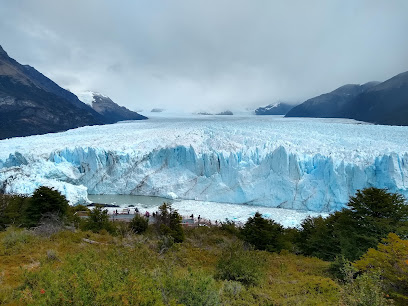
Glaciar Perito Moreno
Discover the breathtaking beauty of Glaciar Perito Moreno, a living glacier in Los Glaciares National Park, Argentina's stunning natural wonder.
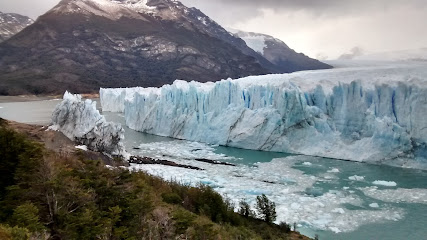
Centro de Interpretación Histórica Calafate
Explore the captivating history of El Calafate at the Centro de Interpretación Histórica, where stories come alive in the heart of Patagonia.
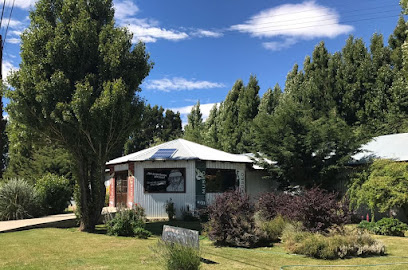
Plaza de Los Pioneros
Experience the beauty and tranquility of Plaza de Los Pioneros, a vibrant park in El Calafate, Argentina, celebrating nature and local culture.

Mirador Lago Argentino
Discover the stunning views of Lake Argentino and the Andes at Mirador Lago Argentino, a must-see destination in El Calafate, Patagonia.
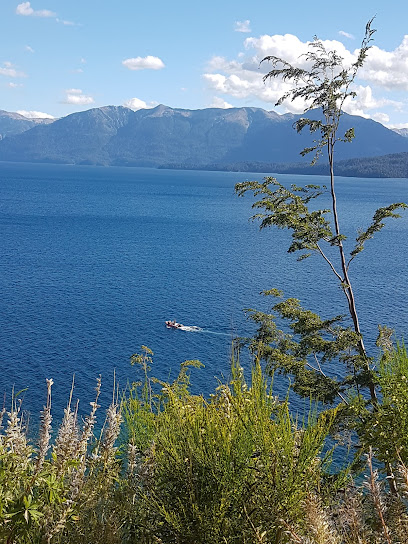
Estancia 25 de Mayo
Explore the stunning landscapes and rich biodiversity of Estancia 25 de Mayo, a must-visit nature preserve in El Calafate, Argentina.
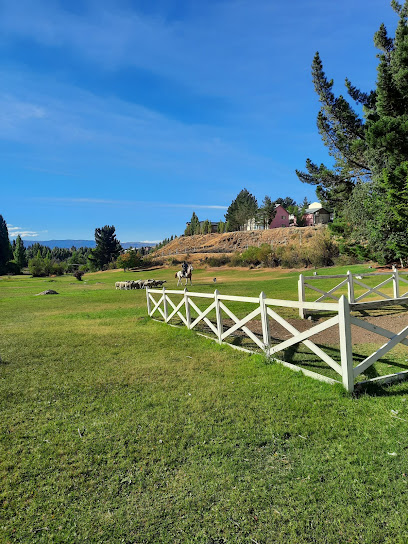
Cave Restaurant Nativo
Experience the magic of Patagonia at Cave Restaurant Nativo, where exquisite cuisine meets stunning natural beauty in a unique cave setting.
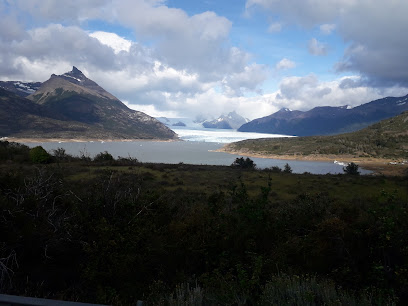
Argentine Toy Museum
Explore the Argentine Toy Museum in El Calafate, a nostalgic journey showcasing toys from around the world and across generations.
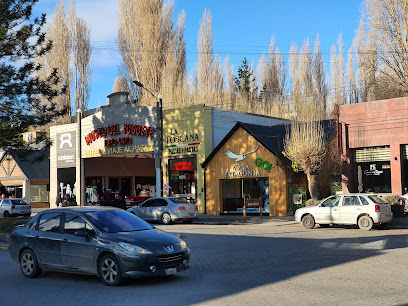
Mirador del Glaciar Perito Moreno R11
Visit the breathtaking Mirador del Glaciar Perito Moreno and experience unparalleled views of one of the world's most stunning glaciers in Argentina's Los Glaciares National Park.

Markets, malls and hidden boutiques
Parque Nacional Los Glaciares
Explore Parque Nacional Los Glaciares, a stunning national park in Argentina with majestic glaciers, diverse wildlife, and breathtaking landscapes.
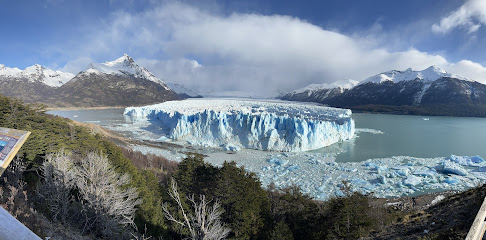
Arte Indio
Explore the essence of Patagonia at Arte Indio, your go-to souvenir store in El Calafate for unique handcrafted treasures.
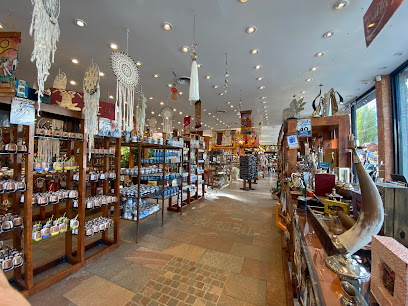
La Aldea de Los Gnomos
Experience the magic of La Aldea de Los Gnomos in El Calafate, a shopping mall filled with local crafts, delicious food, and whimsical decor.
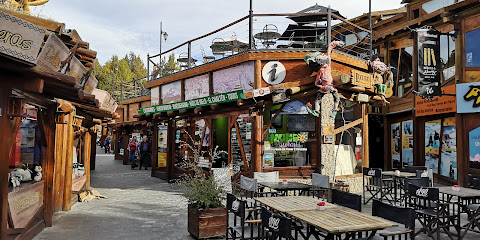
Vellon Negro
Discover stylish and unique clothing at Vellon Negro in El Calafate, the perfect shopping destination for fashion-forward travelers.
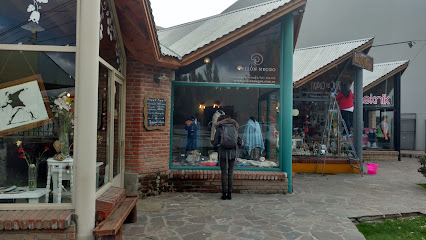
Punta Verde Almacén de campo
Explore Punta Verde Almacén de campo: Your one-stop shop for unique gifts, local delicacies, and a taste of Argentine culture in El Calafate.
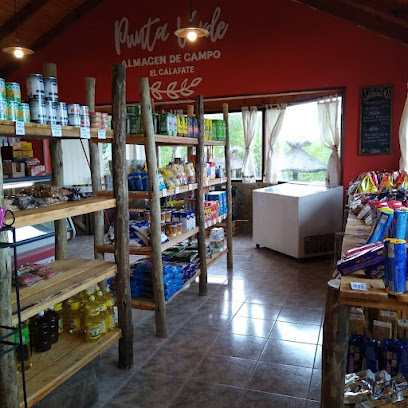
COSITAS LINDAS
Explore the vibrant styles of El Calafate at Cositas Lindas, where fashion meets local craftsmanship in a charming boutique.

Robinson1982
Explore Robinson1982 in El Calafate for stylish men's clothing and accessories that capture the essence of Patagonian fashion.
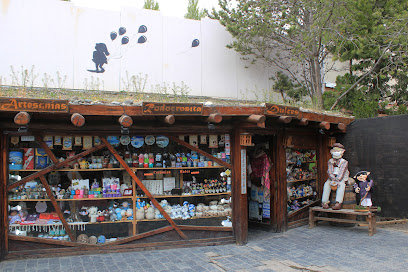
Tan Bonitas
Explore the vibrant local fashion at Tan Bonitas, a must-visit women's clothing store in El Calafate, where unique styles meet Argentinian artistry.

Huemul • Artesanías Regionales
Explore Huemul in El Calafate for authentic Argentine handicrafts and souvenirs reflecting the rich cultural heritage of Patagonia.
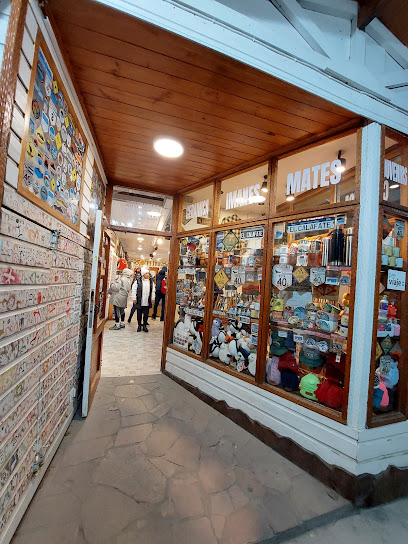
Las Huellas
Discover exquisite local crafts and unique souvenirs at Las Huellas, the premier gift shop in El Calafate, Patagonia.

X-tremosur
Discover X-tremosur in El Calafate for all your outdoor gear needs and experience Patagonia like never before.
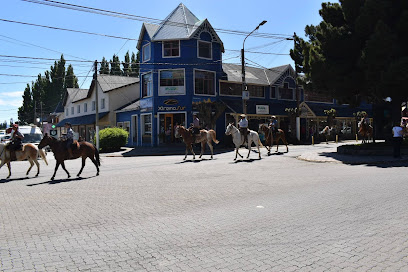
Touch Me Calafate Sex Shop
Discover a playful side of El Calafate at Touch Me Calafate, the premier adult entertainment store offering a unique selection for adventurous tourists.

Grow Shop de Los Glaciares
Explore the lush varieties at Grow Shop de Los Glaciares, the premier garden center in El Calafate, perfect for all gardening enthusiasts and nature lovers.
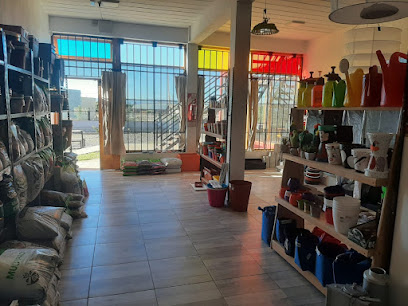
Open Patagonia
Explore Open Patagonia, a charming gift shop in El Calafate offering unique artisanal souvenirs inspired by the stunning landscapes of the region.
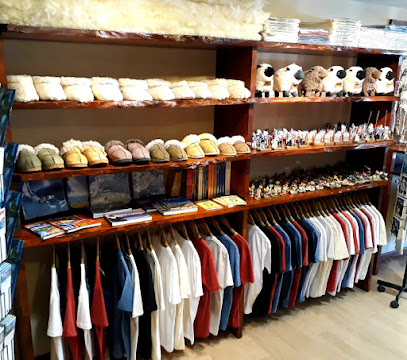
Abranpampa
Explore the vibrant fashion at Abranpampa, El Calafate's premier clothing store, offering unique styles and local culture in the heart of Patagonia.
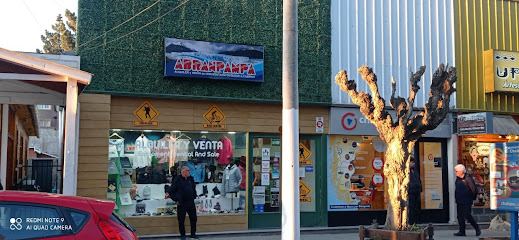
Essential bars & hidden hideouts
Isabel Cocina al Disco
Experience the flavors of Argentina at Isabel Cocina al Disco, a unique restaurant in El Calafate offering traditional dishes and warm hospitality.
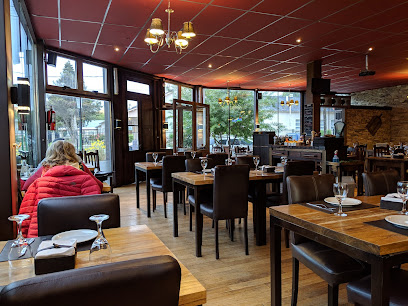
La Zorra Taproom
Experience the best of craft brews and delicious bites at La Zorra Taproom in El Calafate, a brewpub that captures the spirit of Patagonia.
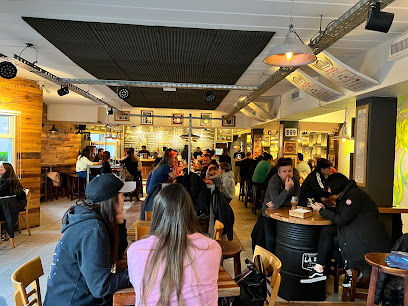
Traditional WANACO Bar
Discover the flavors of Argentina at Traditional WANACO Bar, an inviting grill and bar in El Calafate, perfect for food lovers and social gatherings.
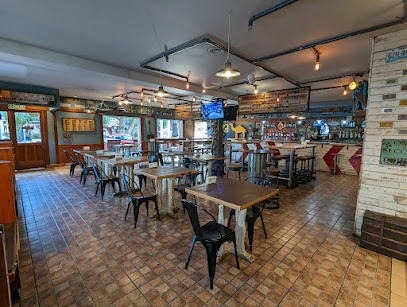
Mako Premium Bar
Experience the vibrant nightlife at Mako Premium Bar in El Calafate, offering exquisite Argentinian cuisine and a lively atmosphere for all visitors.

Yeti Ice Bar
Discover the unique frosty experience of Yeti Ice Bar in El Calafate, where ice meets mixology for unforgettable cocktails in a magical setting.
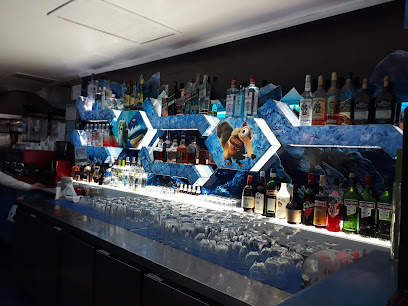
Restó del Glaciar Perito Moreno
Experience exquisite dining with stunning views at Restó del Glaciar Perito Moreno, where Patagonian flavors meet the majesty of glaciers.
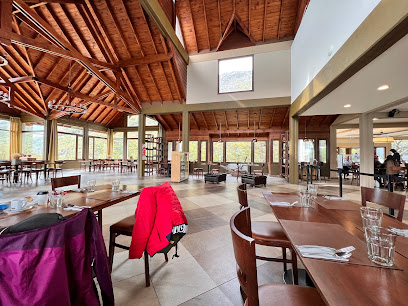
Cerveza Patagonia - Refugio Calafate
Experience the essence of Patagonia at Cerveza Patagonia - Refugio Calafate, where craft beer meets delicious cuisine in a stunning setting.
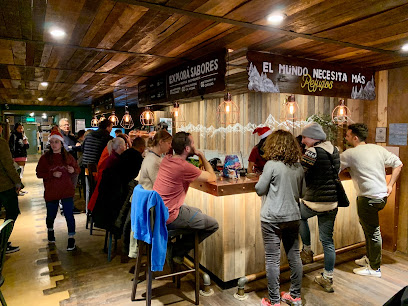
La Toldería
Discover the essence of Patagonia at La Toldería, a lively gastropub in El Calafate, offering local flavors and a vibrant atmosphere.

Bar Borges & Alvarez
Experience the authentic taste of Argentina at Bar Borges & Alvarez, a premier grill in El Calafate offering exquisite flavors and a welcoming atmosphere.
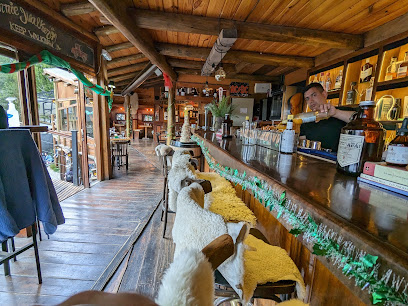
Cervecería Artesanal Chopen - La parrillita del Pueblo
Explore El Calafate's culinary scene at Cervecería Artesanal Chopen, where artisanal beers meet authentic Argentine flavors.
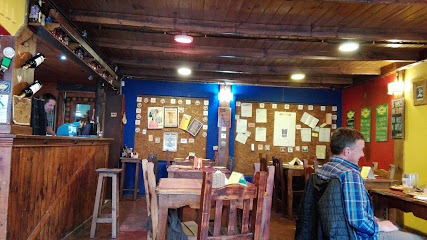
La Oveja Negra
Discover La Oveja Negra: El Calafate's vibrant bar offering local drinks, cozy ambiance, and a taste of Patagonia's nightlife.
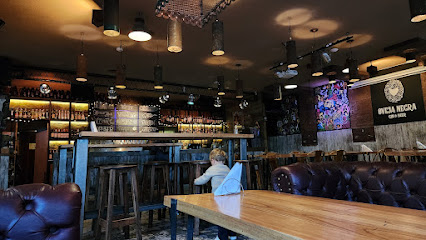
La Cantina Piadineria & Beer House
Discover the best of Argentine cuisine and local brews at La Cantina Piadineria & Beer House, a top bar and restaurant in El Calafate.
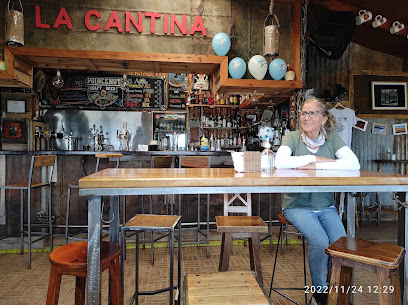
Mako Fuegos y Vinos
Experience the exquisite flavors of Patagonia at Mako Fuegos y Vinos, a top dining destination in El Calafate with exceptional grilled meats and fine wines.
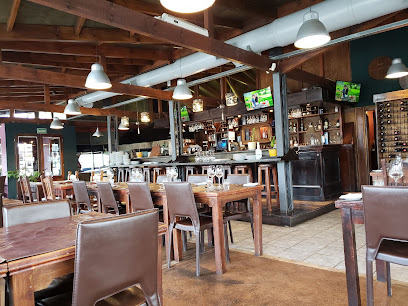
Natives of Patagonia
Discover the authentic flavors of Argentine cuisine at Natives of Patagonia, where local ingredients meet breathtaking scenery in El Calafate.
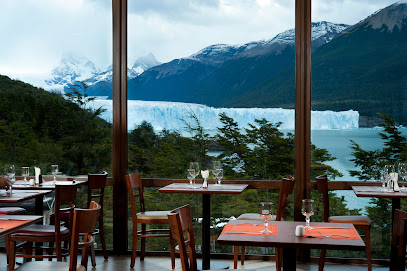
la trinchera wine and beer
Discover the flavors of Patagonia at La Trinchera, where local wines and craft beers meet gourmet gastropub cuisine in a cozy atmosphere.
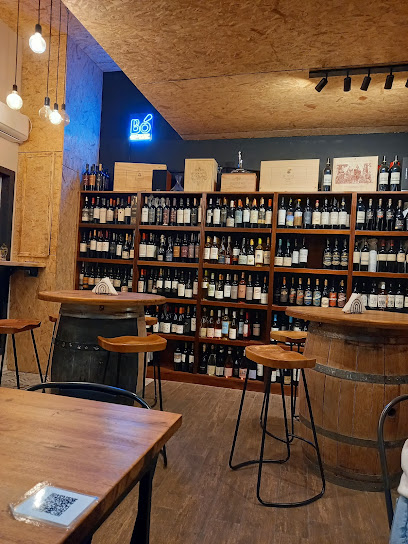
Local Phrases about Los Glaciares National Park
-
- HelloHola
[oh-la] - GoodbyeAdiós
[ah-dee-ohs] - YesSí
[see] - NoNo
[noh] - Please/You're welcomePor favor/De nada
[por fah-vor/deh nah-dah] - Thank youGracias
[grah-see-ahs] - Excuse me/SorryPerdón/Disculpe
[pair-dohn/dees-kool-peh] - How are you?¿Cómo estás?
[koh-moh ehs-tahs] - Fine. And you?Bien. ¿Y tú?
[bee-ehn. ee too] - Do you speak English?¿Hablas inglés?
[ah-blahs een-glays] - I don't understandNo entiendo
[noh ehn-tee-ehn-doh]
- HelloHola
-
- I'd like to see the menu, pleaseMe gustaría ver el menú, por favor
[meh goos-tah-ree-ah vehr ehl meh-noo, por fah-vor] - I don't eat meatNo como carne
[noh koh-moh kahr-neh] - Cheers!¡Salud!
[sah-lood] - I would like to pay, pleaseMe gustaría pagar, por favor
[meh goos-tah-ree-ah pah-gar, por fah-vor]
- I'd like to see the menu, pleaseMe gustaría ver el menú, por favor
-
- Help!¡Ayuda!
[ah-yoo-dah] - Go away!¡Vete!
[veh-teh] - Call the Police!Llame a la policía!
[yah-meh ah lah poh-lee-see-ah] - Call a doctor!Llame a un médico!
[yah-meh ah oon meh-dee-koh] - I'm lostEstoy perdido
[ehs-toy pair-dee-doh] - I'm illEstoy enfermo
[ehs-toy ehn-fehr-moh]
- Help!¡Ayuda!
-
- I'd like to buy...Me gustaría comprar...
[meh goos-tah-ree-ah kohm-prahr] - I'm just lookingSolo estoy mirando
[soh-loh ehs-toy mee-rahn-doh] - How much is it?¿Cuánto cuesta?
[kwan-toh kwehs-tah] - That's too expensiveEso es muy caro
[eh-soh ehs moo-ee kah-roh] - Can you lower the price?¿Puede bajar el precio?
[pweh-deh bah-har ehl pree-syoh]
- I'd like to buy...Me gustaría comprar...
-
- What time is it?¿Qué hora es?
[keh oh-rah ehs] - It's one o'clockEs la una
[ehs lah oo-nah] - Half past (10)Media (10)
[meh-dee-ah (dheez-eez)] - MorningMañana
[mah-nyah-nah] - AfternoonTarde
[tahr-deh] - EveningNoche
[noh-cheh] - YesterdayAyer
[ah-yehr] - TodayHoy
[oy] - TomorrowMañana
[mah-nyah-nah] - 1Uno
[oo-noh] - 2Dos
[dohs] - 3Tres
[trehs] - 4Cuatro
[kwah-troh] - 5Cinco
[seen-koh] - 6Seis
[says] - 7Siete
[syeh-teh] - 8Ocho
[oh-choh] - 9Nueve
[nweh-veh] - 10Diez
[dyehs]
- What time is it?¿Qué hora es?
-
- Where's a/the...?¿Dónde está el/la...?
[dohn-deh ehs-tah ehl/lah] - What's the address?¿Cuál es la dirección?
[kwahl ehs lah dee-rehk-syohn] - Can you show me (on the map)?¿Puede mostrarme (en el mapa)?
[pweh-deh mohs-trar-meh (ehn ehl mah-pah)] - When's the next (bus)?¿Cuándo es el próximo (autobús)?
[kwan-doh ehs ehl proh-ksee-moh (ow-toh-boos)] - A ticket (to ....)Un boleto (a ....)
[oon boh-leh-toh (ah)]
- Where's a/the...?¿Dónde está el/la...?
History of Los Glaciares National Park
-
Before the arrival of Europeans, the region now known as Los Glaciares National Park was inhabited by indigenous groups such as the Tehuelche people. These nomadic tribes were known for their adaptability to the harsh, cold environment, and they lived by hunting guanacos and other wildlife. Evidence of their presence is found in ancient cave paintings and artifacts scattered throughout the park.
-
The 16th and 17th centuries marked the first European expeditions into the Patagonian region. Spanish explorers like Antonio de Viedma ventured into this unforgiving landscape, documenting the awe-inspiring glaciers and rugged terrain. These early accounts brought attention to the region's natural beauty and geological significance.
-
In the late 19th century, the renowned Argentine explorer and scientist Francisco P. Moreno conducted extensive explorations in Patagonia. Known as 'Perito Moreno,' he played a pivotal role in mapping the area and documenting its glacial systems. His work laid the foundation for future scientific studies and conservation efforts.
-
Los Glaciares National Park was officially established in 1937 to protect its unique glacial landscape and diverse ecosystems. Spanning over 7,000 square kilometers, the park was designated a UNESCO World Heritage Site in 1981, recognizing its global significance as a natural wonder.
-
In the latter half of the 20th century, Los Glaciares National Park became a premier destination for eco-tourists and adventure seekers. The park's well-maintained trails, guided tours, and sustainable tourism initiatives have helped preserve its pristine environment while providing visitors with unparalleled experiences of its glaciers, mountains, and wildlife.
-
The park holds cultural importance for both its indigenous heritage and its role in Argentine national identity. Local communities celebrate traditional festivals and practices that honor their connection to the land. Additionally, the name 'Perito Moreno' is a tribute to the explorer whose work greatly contributed to the understanding and preservation of this natural treasure.
Los Glaciares National Park Essentials
-
Los Glaciares National Park is located in the Santa Cruz Province of Argentina. The nearest major airport is El Calafate Airport (FTE), which is about 80 kilometers from the park. From Buenos Aires, you can take a direct flight to El Calafate, which typically takes around 3 hours. Once in El Calafate, you can take a bus, rent a car, or hire a taxi to reach the park. Bus services are frequent and reliable, offering a scenic route to the park.
-
Within Los Glaciares National Park, the most convenient way to get around is by renting a car or joining guided tours. Public transportation options are limited within the park. Buses and shuttles operate between El Calafate and key spots like Perito Moreno Glacier and El Chaltén. For those looking to explore off-the-beaten-path areas, renting a car provides more flexibility.
-
The official currency in Argentina is the Argentine Peso (ARS). Credit cards are widely accepted in El Calafate and El Chaltén, but it is recommended to carry some cash for smaller establishments and remote areas within the park. ATMs are available in El Calafate and El Chaltén; however, it's advisable to withdraw sufficient cash before heading into more remote areas of the park.
-
Los Glaciares National Park is generally safe for tourists. However, always take standard precautions: avoid leaving your belongings unattended, especially in crowded areas like bus terminals. There are no specific high-crime areas targeting tourists within the park, but it is wise to stay vigilant. Be cautious of wildlife and adhere to park guidelines to ensure your safety as well as the preservation of the natural environment.
-
In case of emergency, dial 101 for police assistance and 107 for medical emergencies. El Calafate has a hospital, and there are medical facilities in El Chaltén as well. It is highly recommended to have travel insurance that covers medical emergencies and evacuation. Park rangers are available throughout the park and can assist in emergencies. Carry a basic first aid kit and be aware of the nearest emergency exit points.
-
Fashion: Do wear layered clothing and sturdy hiking boots, as weather can be unpredictable. Don't wear flip-flops or open-toed shoes on trails. Religion: Do respect local customs and traditions, though Los Glaciares is not particularly religious. Public Transport: Do be punctual for buses and shuttles. Don't expect frequent services, plan your trips accordingly. Greetings: Do greet people with a simple 'Hola' or 'Buenas'. A handshake is common. Eating & Drinking: Do try the local cuisine, including Patagonian lamb and trout. Don't forget to sample the local wines. Always tip service staff, 10% is customary.
-
To experience Los Glaciares like a local, consider staying in hosterías or estancias which offer a more authentic experience. Visit local bakeries and try 'facturas' for breakfast. Engage with local guides; they have a wealth of knowledge about the flora, fauna, and history of the park. For a unique experience, take a boat tour to get up close to the glaciers. Hiking the Fitz Roy trail early in the morning can provide a more serene experience away from the crowds.
Nearby Cities to Los Glaciares National Park
-
Things To Do in Puerto Natales
-
Things To Do in Punta Arenas
-
Things To Do in Ushuaia
-
Things To Do in Puerto Varas
-
Things To Do in Bariloche
-
Things To Do in San Carlos de Bariloche
-
Things To Do in Osorno
-
Things To Do in Valdivia
-
Things To Do in Pucon
-
Things To Do in Temuco
-
Things To Do in Concepción
-
Things To Do in Curicó
-
Things To Do in San Rafael
-
Things To Do in Rancagua
-
Things To Do in Mar del Plata

